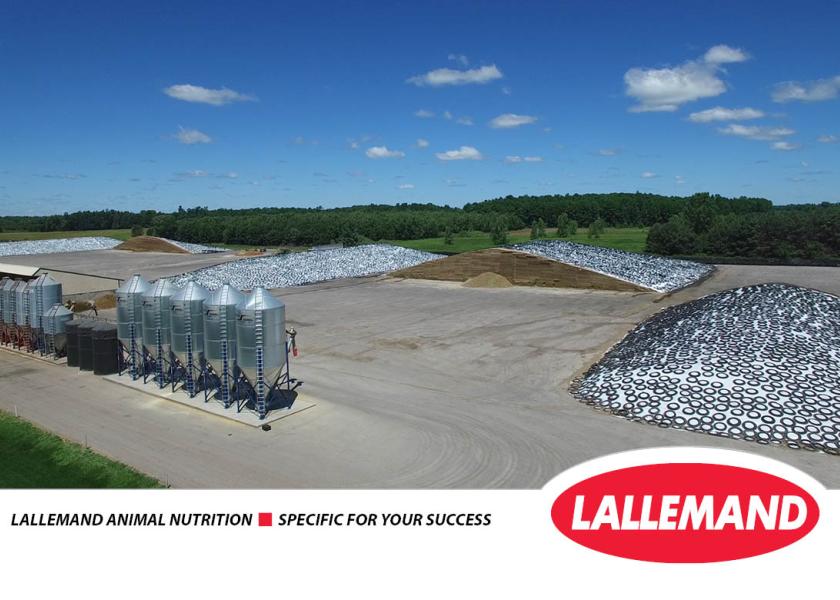Ask the Quality Silage Experts: Ensiling Corn Under Cold Temperatures

Q. I didn’t get my corn silage put up until after it snowed. What should I expect from the silage at feedout?
A. A quick snow or frost, where the plant remains alive (green coloration above the ear, instead of brown), shouldn’t hurt the plant development and resulting silage quality. However, the plant loses moisture quickly if it was killed, and this potentially can result in difficultly packing.
Frost can damage the plant and leave it susceptible to fungal infestation, which can lead to mycotoxin production. Freezing also lowers the natural population of lactic acid bacteria on the plants. Adding a research-proven forage inoculant helps ensure a good ensiling fermentation.
Corn ensiled at low ambient temperatures may not ferment well — and may not ferment at all — if it was ensiled frozen. Check the silage pH, since a partial fermentation may have started, even if silage looks green.
As spring approaches and temperatures rise, the outer layers of silage will likely ferment (while the core remains frozen longer), leading to inconsistent nutrient levels and possibly aerobic instability due to low production of organic acids.
Sending representative samples to a credible forage testing laboratory for nutrient and fermentative profiles is a good investment, especially if the corn plants in the silage structure were compromised and came from different fields.
For more information about forage inoculants, visit www.qualitysilage.com.







